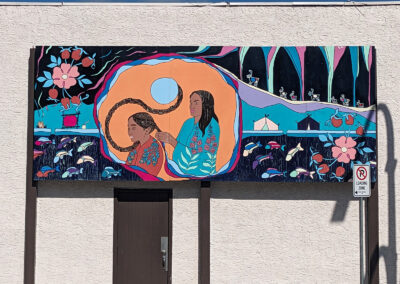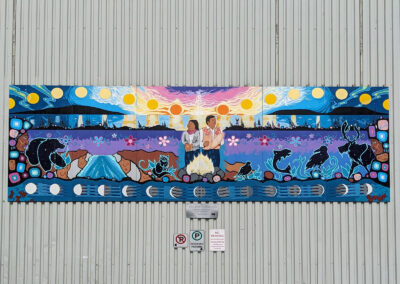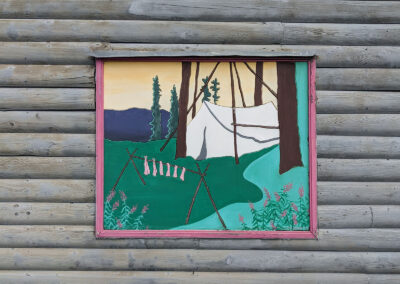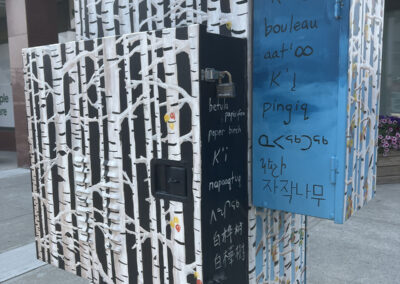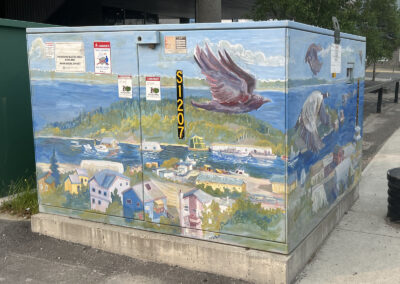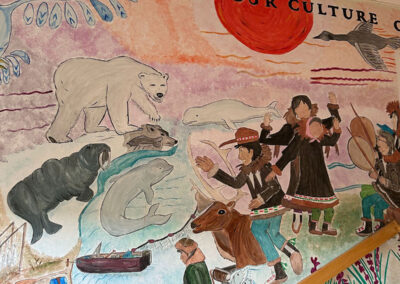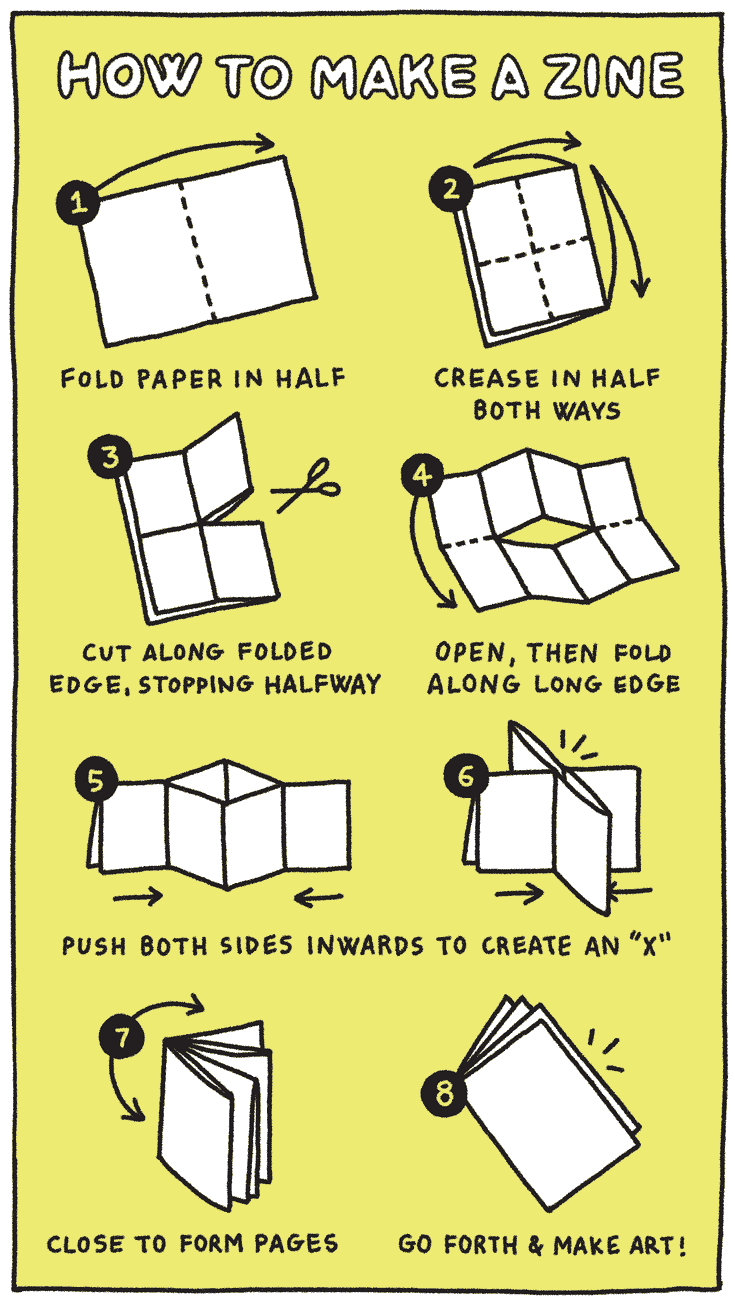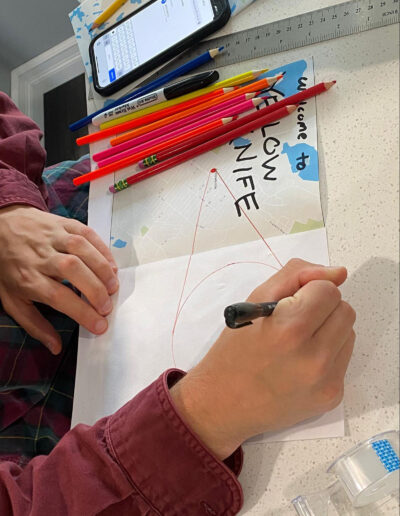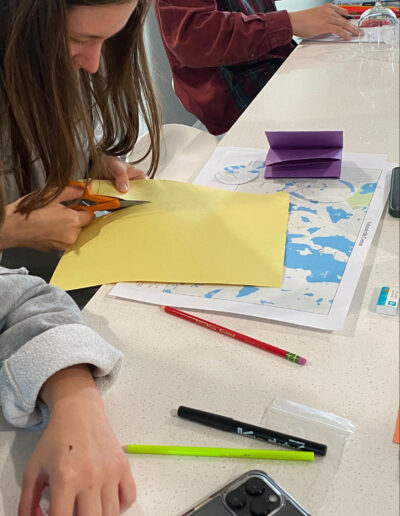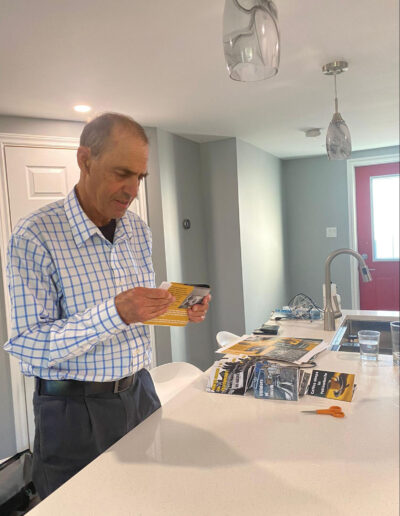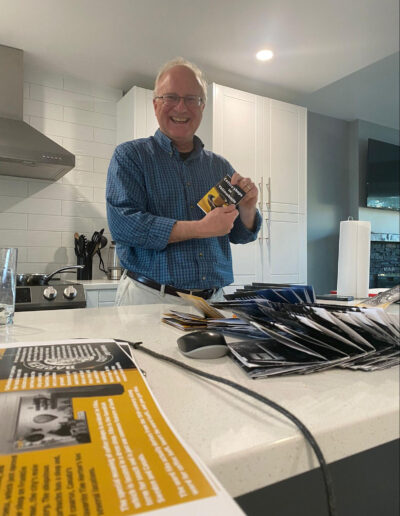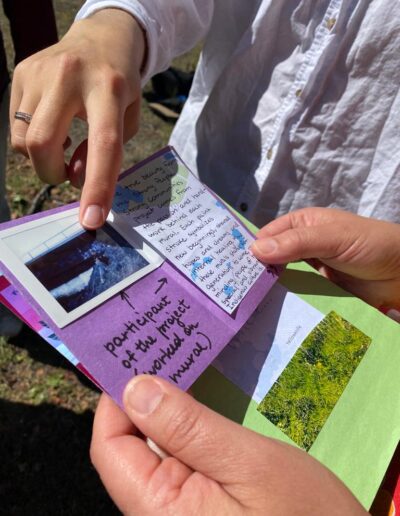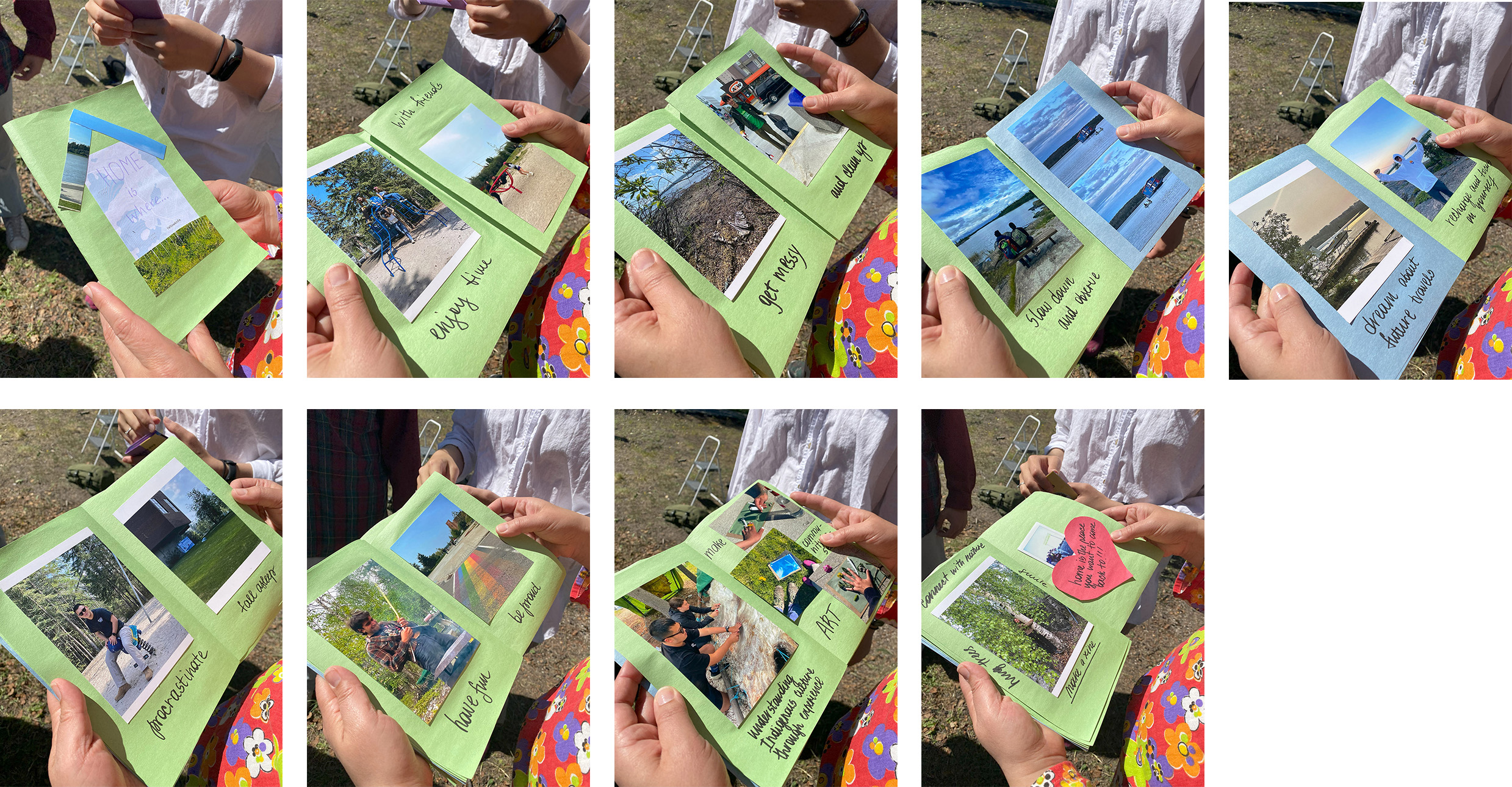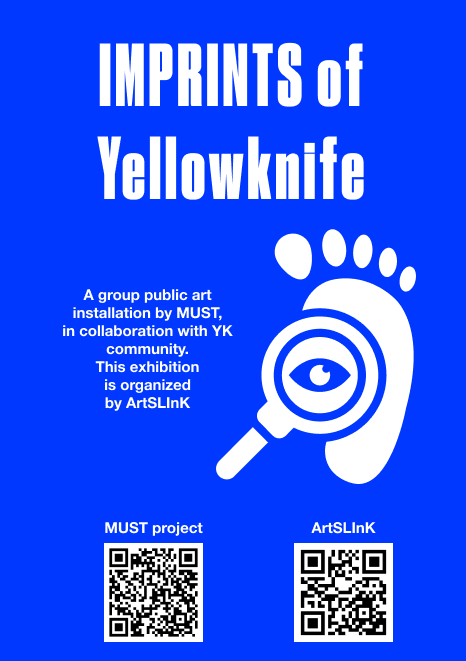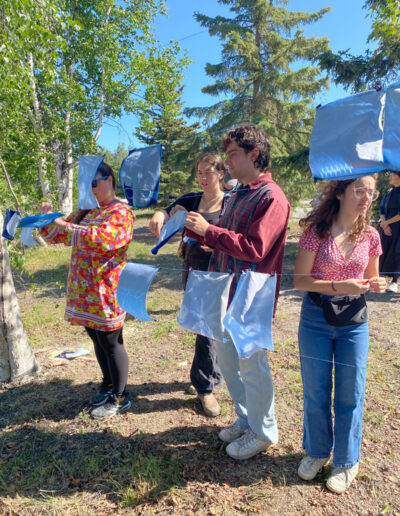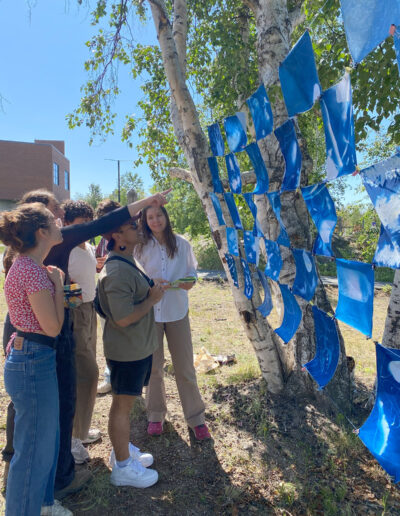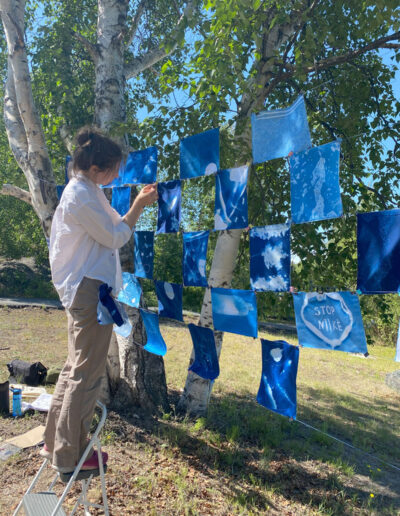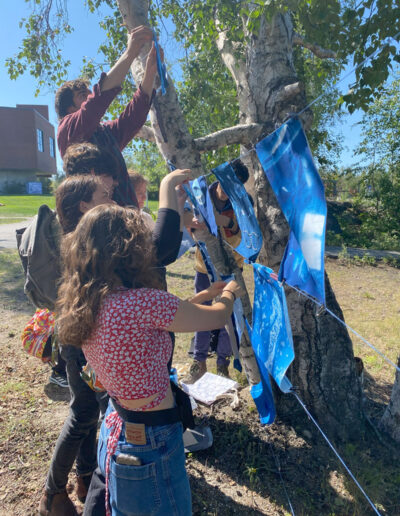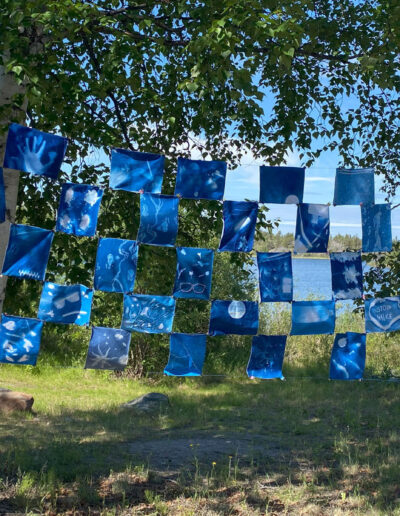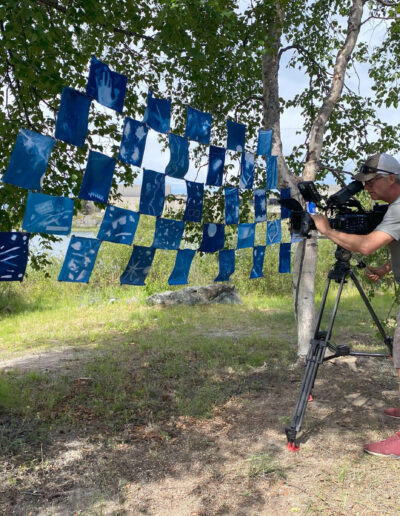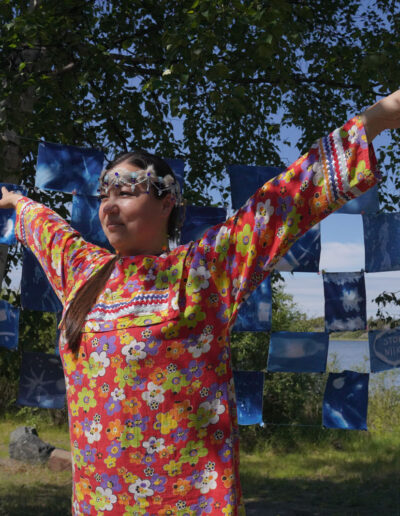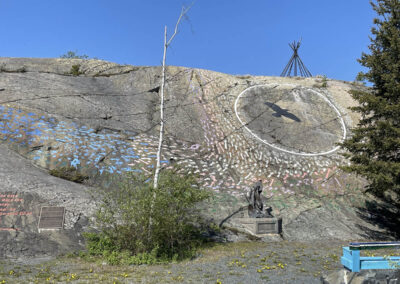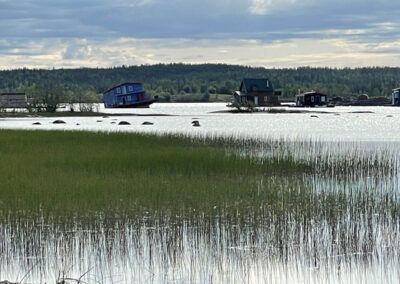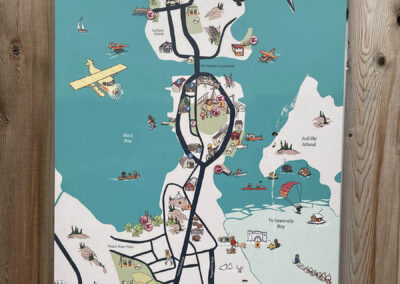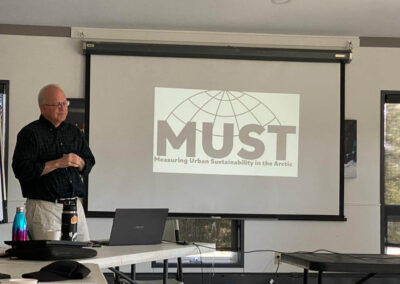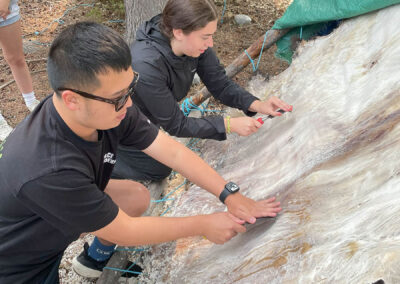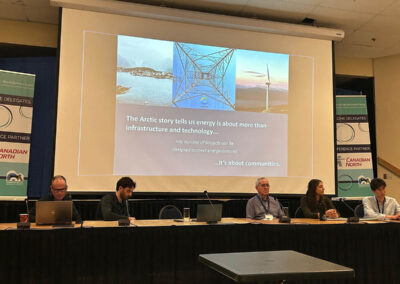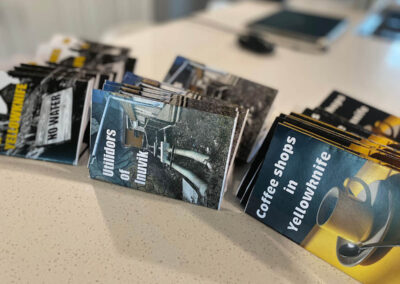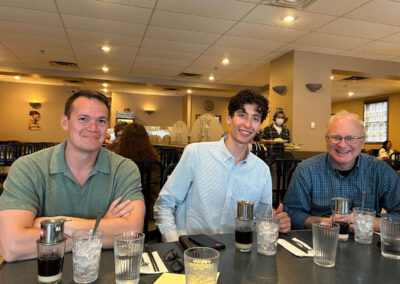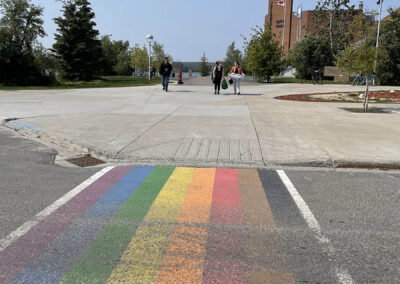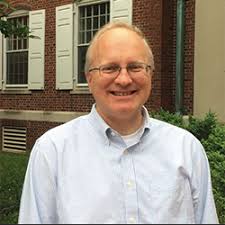
Robert Orttung
Director of Research,
Sustainable GWU
Following up on our research trip to Luleå, Sweden last year, the MUST team visited Yellowknife, Canada in June 2023.
Yellowknife has a lot in common with Luleå in that the local economy relies heavily on mining. Where northern Sweden plans to continue producing iron ore for its newly green steel production, there are many questions about the future of the extraction industry in Yellowknife.
Local gold mines closed several decades ago and the region turned its focus to diamond mines. Now those mines are coming to the end of their lifecycle.
Potentially, the city could benefit from the opening of rare earth metals mining, but these possibilities are still undefined. In the meantime,
Among its challenges are that it must address unresolved land claims with the local Indigenous population, remediate the extensive arsenic contamination from the closed Giant gold mine, and figure out a way to provide housing for workers who would like to take advantage of job opportunities in the area. In addition to these issues, shortly after our visit, the entire city of Yellowknife was evacuated as dangerous wildfires approached.
Luckily, the fires did not enter the city, but the process exposed many ongoing inequalities, and the recovery process is only beginning. Hopefully, examining the experience of the two cities from a comparative perspective will make it possible to identify solutions that can work in both contexts.
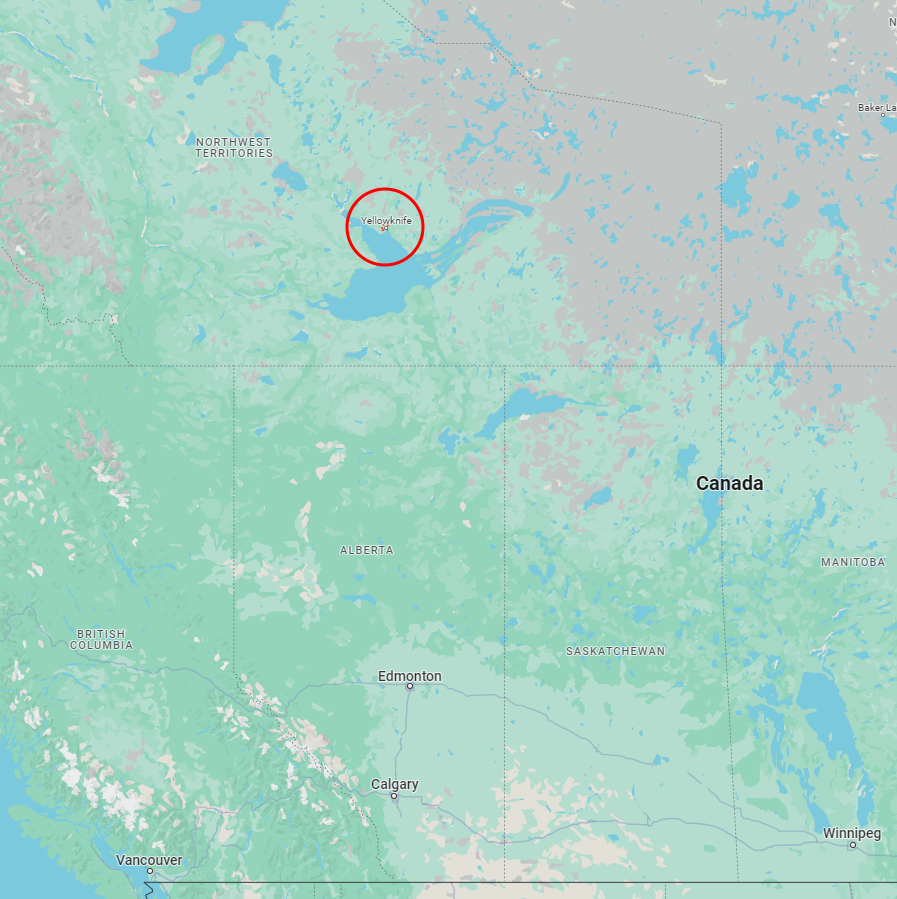
Сontent
- Intro
- ArtSLInK in the Northwest Territories, Canada
- Yellowknife and Inuvik: Meeting with Indigenous Art and the Artists
- ArtSLInK Maga(Zine) Prototype Workshop
- Arctic Cityscape + Arctic Landscape: Imprints of Light Cyanotype
- Imprints of Yellowknife: Public Art Installation
- Capturing Shadows: MUST Team’s Cyanotype Project Unveiled
- Acknowledgment

ArtSLInK
in the Northwest
Territories, Canada
Before traveling to Yellowknife, the MUST and ArtSLInK teams met online. ArtSLInK introduced their team members involved in the 2023 field studies. The artists provided a brief overview of their creative activities and their prior experience of work with scientists in general and with the MUST project in particular.
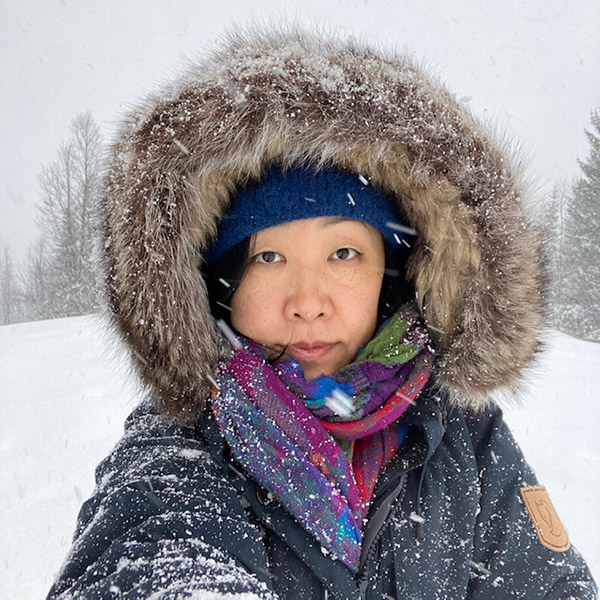
Beili Liu
(USA)

Nikki Lindt
(USA)
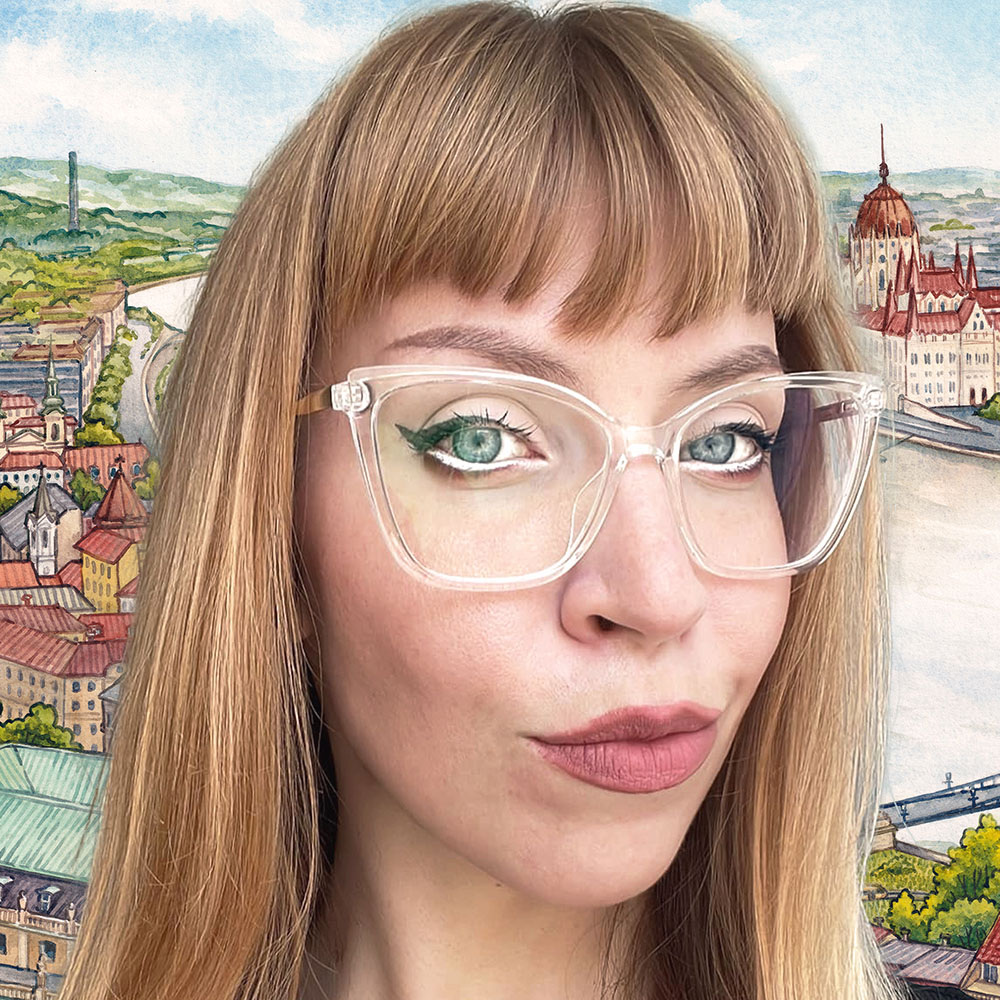
Olga Lo
(Hungary)
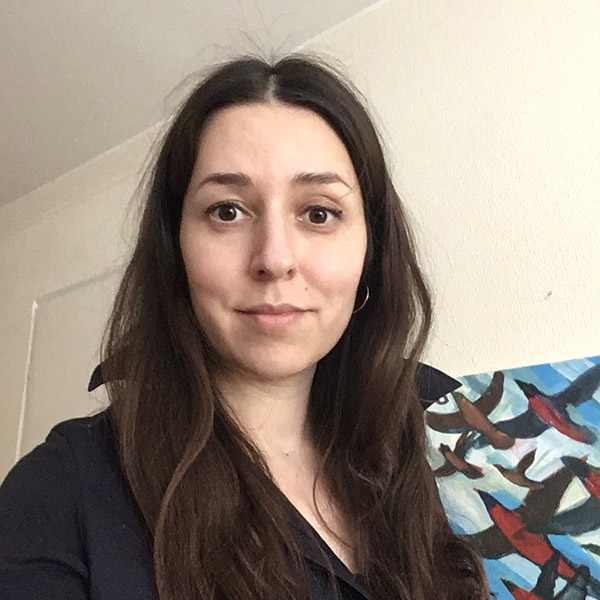
Aleksandra Ianchenko
(Estonia)

Yellowknife and Inuvik: Meeting with Indigenous Art and the Artists

Vera Kuklina
George Washington University, USA
During the expedition, the MUST and ArtSLinK teams visited two cities that are located in Canada’s Northwest Territories.
These cities are known for their diverse cultural landscapes and are home to various Indigenous communities. Despite the long history of colonization and memories of boarding schools, the Indigenous cultures in these cities are vibrant because of the activities of local Indigenous communities who have managed to maintain and celebrate their cultural traditions and practices.
Yellowknife

Photo: wikipedia.org
First, during the NorthWords Writers festival, we had an opportunity to listen to the voices of former President of the Dene Nation, singer and writer Stephen Kakfwi, Northern Dene author and journalist Katlia (Katłįà) Lafferty, and Nisga’a poet Jordan Abel. Their performances gave us a glimpse of their perspectives on northern life.
Later on, some team members met with Stephen Kakfwi to discuss possibilities for collaboration and incorporation of his views on studies of urban sustainability and the inclusion of Indigenous Peoples into this research.
Another important meeting with Indigenous artists was through the Dechinta Center for Research and Learning. This organization is dedicated to engaging students, researchers, and community members in transformative academic programs based on the unique needs of Dene communities. We visited their office in the city, their camp on the Wiìliìdeh Site, participated in hide tanning activities, and were honored to join in a celebration of the Indigenous People’s Day.
Finally, we visited the Dene Nahjo Indigenous Collective, where we learned about the organization’s activities and mission, discussed possibilities of making our work more relevant for local Indigenous communities, and collaborated on topics of urban indigeneity from both scholarly and artistic perspectives.
Inuvik
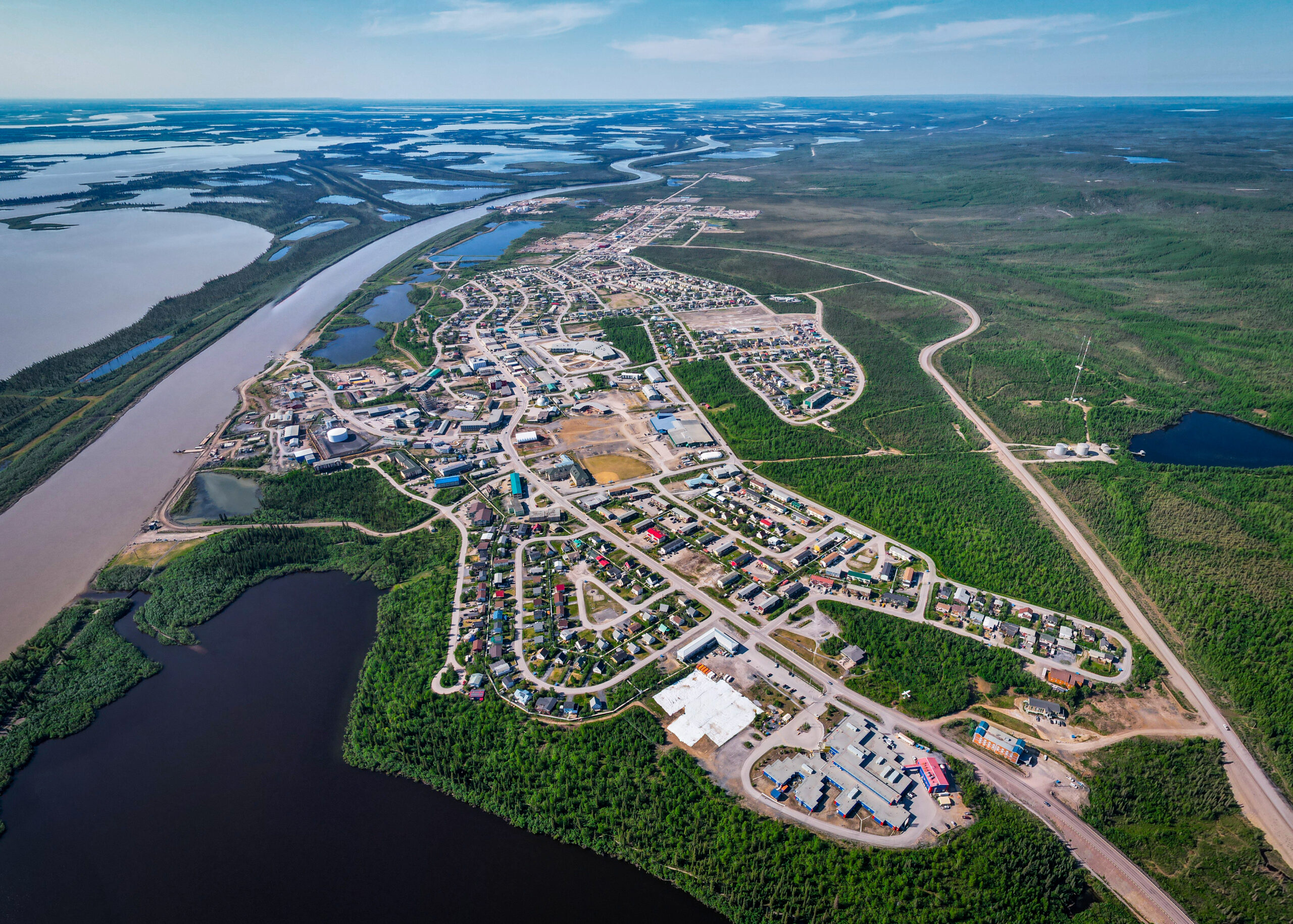
Photo: wikipedia.org
Our participation in the Arctic Development Expo was a great opportunity to better understand issues and opportunities for culturally and socially inclusive Arctic development. While representatives of Indigenous Peoples on the main event were more focused on questions of Indigenous leadership and circumpolar governance, the Artisan Arctic Market featured local and Indigenous artists and provided opportunities to view demonstrations and participate in other activities.
A visit to the Innovate Centre for Arts, Crafts, and Technology was important for learning about the utility of new technologies and resources for the promotion of local and Indigenous cultures and crafts. Students received inspiration from a meeting with the Inuvialuit Communications Society which utilizes a wide variety of different media to promote Inuvialuit arts and culture and showcases the resilience of remote communities and capacities to thrive despite numerous challenges.
Indigenous Art: Murals
Art is an integral aspect of Indigenous culture.
Art both emulates and preserves culture through its presence.
The Power of Visual Art in Indigenization
by Abby Feather&Tyme Thompson
The cities of Yellowknife and Inuvik feature murals created by Indigenous artists on their central streets. Murals are large-scale artworks often displayed on buildings, and in this case, they serve as a form of public art that celebrates and showcases Indigenous culture.
Inuit and Dene arts and crafts are sold in the souvenir shops, and works about Indigenous cultures and by Indigenous artists are displayed in the Prince of Wales Northern Heritage Centre. These items likely include traditional handicrafts such as carvings, beadwork, and textiles that showcase the unique artistry of Inuit and Dene cultures.

Colonization refers to the historical process by which European powers established control over various parts of the world, often at the expense of Indigenous populations. In the context of Canada, colonization had a significant impact on the lives and cultures of Indigenous peoples.
Boarding Schools: The traumatic legacy of Indian Residential Schools (also known as boarding schools) are still very much alive. These schools were operated in Canada with the aim of assimilating Indigenous children into Euro-Canadian culture, causing significant harm to Indigenous communities.

ArtSLInK Maga(Zine) Prototype Workshop

Olga Zaslavskaya
International Alternative Culture Center
(Budapest, Hungary)
A two-part workshop on zines and zine culture took place online on 3 and 9 June with the participation of the artists Olga Lo, Aleksandra Ianchenko, and ArtSLInK curator Olga Zaslavskaya.
Throughout the field studies the process of creating zines was supervised by Olga Lo, who provided consultations and co-authored some of the zines.
These two workshops marked an intriguing collaboration between the worlds of art and science. Unfortunately, due to logistical constraints, not everybody could physically participate in these workshops. Therefore, ArtSLInK organized a series of online sessions where participants delved into the craft of creating zines while sharing their unique perspectives and ideas.
03 June
The first workshop delved into the history and cultural significance of zines in the global context, addressing pressing issues in the Arctic and beyond, particularly concerning climate change. It explored the potential of zines as a response to these challenges and their alignment with the MUST research agenda for a resilient future. Participants had the opportunity to familiarize themselves with a range of techniques for creating zines using minimal equipment and tools.
The art book “Arctic Palimpsest” by Aleksandra Ianchenko is a product of her experience during the expedition to Luleå, Sweden, where she embarked on an immersive exploration, capturing the essence of this northern city through ethnographic sketches and drawings.
09 June
In the second workshop, the primary focus was on the integration of zines and art books into multimodal installations. Participants learned how these expressive forms could become integral components of immersive, multifaceted art experiences.
What is the Zines?
Zines, short for magazines, are a cool and free-spirited type of publication that you can create however you want. They’re like regular magazines, filled with all sorts of stuff like photos, stories, articles, interviews, and ads. You’ll usually find them in print, but they’re also all over the internet nowadays.
Zines are usually put together like little booklets or mini-magazines with organized pages. They mix text with cool visuals, using all kinds of stuff like fonts, drawings, cut-and-paste art, and photos. You can make them with whatever materials you like, whether that’s a doodle on paper or a digital design.
People who make zines are often artists, writers, or just folks who are passionate about something. You can make zines about pretty much anything, like art, music, books, politics, or your own life stories. They’re known for their DIY spirit and often have that handmade, underground vibe. You won’t see zines in massive print runs; they’re usually distributed at zine fairs, indie bookstores, or online.
Illustration by
JOHNATHAN HUANG/GOOD GOOD GOOD
The content, captivating photographic material, and overall concept for the future zines were conceived by a team of scientists, students, and artists, each engrossed in their individual projects. Zines, by nature, offer a fresh and personal outlook on any given subject. Thus, this small-scale project served as an experiment, allowing scientists to express their thoughts and ideas during their field studies.
Olga Lo played a distinctive role in this project—not in the conventional sense of a designer, but rather as a bridge between the scientists and their artistic visions.
A significant portion of the supplementary illustrations for the zines was created with the assistance of the artificial intelligence program known as Midjourney. These illustrations were generated in response to the text and ideas provided by the scientists. This approach was a direct extension of another workshop conducted by Olga Lo during an Arctic InfraScape exhibition. At that time, during a real-time round table session, visualizations were crafted to represent the collective thoughts of participants regarding the future of the Arctic region.
Zines, with their portable and compact format, present an exciting avenue for exploring critical issues in real-time. In today’s fast-paced world, where challenges can emerge suddenly and demand immediate attention, the mobile format of zines has become a powerful tool. It allows participants to reflect on and respond to specific problems right on the spot, making it a dynamic platform for dialogue and problem-solving.
Zines give the freedom to arrange text and images in a hand-made manner. This tactile and DIY approach not only provides a unique charm but also fosters a sense of authenticity and individuality in each creation. It allows contributors to break free from the rigid structure of traditional publications and explore innovative layouts that reflect the essence of their content. In a world inundated with standardized content and digital uniformity, zines stand out as a refreshing departure.
Their handmade aesthetics give creators the power to curate narratives in a way that captures the essence of their subject matter, making each zine a distinct work of art. This personal touch invites readers to engage with the material on a deeper level, fostering a more intimate and meaningful connection with the content. In this age of rapid information dissemination, zines continue to serve as a testament to the enduring allure of physical, tangible media. They remind us that, even in a digital world, there is a profound beauty in the craft of arranging words and images by hand and the freedom it affords for creative expression.
Zines created with the assistance of Olga Lo and AI represent three different ways to collaborate with AI.

Photo & Text by Olga Lo



The first one is a zine by Vera Kuklina called “Water Issues In Yellowknife”. This zine was picked up as an example and the full process of creation was shown to the participants in the second part of the online workshop.
The second zine by Robert Orttung, “Coffee Shops in Yellowknife” – shows an example of when original photos made on location are used as illustrations. We do not need to reimagine things every time and, especially when describing some very particular places, it is not necessary. Several photo filters were used to harmonize the zine colorwise, but it is the least transformed by AI.
The third zine that we compiled is the second work by Vera Kuklina “Utilidors of Inuvik”. Here both methods – AI and original photos – were combined to create a half reimagined, half photographic variant. This method will be good in cases where there is a need to create a more visually rich experience and push further the boundaries of actual reality.
In addition, Nikki Lindt and Olga Lo collaborated to create yet another zine – a sound, or an audio – zine. As mentioned earlier, zines offer a fantastic opportunity to blend various artistic mediums, and Nikki Lindt’s zine stands as a perfect testament to creativity. It presents a unique fusion of photos and original sounds recorded on-site, creating an immersive and captivating experience. Go to nlindt.com
Crafting Creativity:
A Journey into Zine-Making
by MUST Team
Another valuable aspect of zines lies in their capacity to be easily exhibited and shared with local communities for presentation and discussion. Their compact, portable nature makes them accessible for showcasing in community centers, galleries, and public spaces. During the improvised exhibition Imprints of Yellowknife: Public Art Installation, MUST team members presented their works.
Creating and Multiplying Zines
Presenting Zines
Street art intervention was held in the central Somba K’e Park during National Indigenous Peoples Day. 21 June 2023

Students and participants of the MUST team discuss their zines.
The zine by Diana Khaziakhmetova about the Indigenous mural in Yellowknife. It was created in collaboration with a participant in the mural project “Strong People, Strong Communities”.
MUST team members shared their responses on an adventure through the world of zine-making, where each cut, paste, and personal expression collides to create a unique visual and literary tapestry. This hands-on process not only celebrates the power of DIY art but also fosters a sense of individuality and community as stories unfold in the intimate pages of self-produced zines.
Overall the process of making a zine in Yellowknife was helpful for thinking through specific aspects of the city and focusing on one of them. As we learned in the workshops, zines are small works that make it possible to develop a set of concise ideas on a single topic. Creating a zine propelled our research forward because the process of thinking about one aspect of urban life complemented our efforts to figure out how everything fits together with everything else. Focusing on one small topic, whether a coffee shop or a utilidor, allowed us to investigate this one aspect of the city in its own right.
The most revelatory and valuable aspect we learned was the need to come up with a few short phrases to explain the subject of our zine and then find pictures to illustrate it. For my zine on coffee shops, I wanted to show that Yellowknife was like any other city in the world because it hosted a variety of coffee shops where people could come together to chat or just enjoy a warm beverage. However, I wanted to show how the cafes in Yellowknife were unique. Barren Grounds Coffee, for example, features the distinctive Giant Mine shaft on its sign, making it different from every other coffee shop in the world. Learning to integrate the text and pictures on a 2-page spread was most helpful for me..
Nick’s zine explored his experience in Yellowknife as a queer person, interested in how queer youth his age celebrate their identity so far away from his home. From formal interviews to making friends, to exploring queer spaces in the city and online, a vibrant community welcomed him in a faraway place. The zine explored both the people he met and the things he did, as well as how his personal identity informs his research. He believes that being critically reflective about one’s own identity is the best way to make connections in a place you are going to for the first time. Zines are also important as a historically significant form of art and expression of identity for queer subcultures, which used them to share information and find liberation in times of oppression, which continue to this day.
I’m happy to have an impact on the recognition of the positive impact of AI generative art, that now more people will have access to create even without spending years developing human art skills.
When I was in Yellowknife, it was very busy. Between city hall meetings, informative visits to non-profits and conversations, and then the critical job of collecting documentation for my own work I had an overfilled schedule.
Initially, I wasn’t sure if I would be able to make a zine due to this busy schedule. But of course, once the seed was planted, my mind started turning and when I got the idea for what I would do, it ended up being a very nice process. It was like a mini version of my exploration of one of my ideas of what I might end up making with materials about Yellowknife. For me, it worked as a kind of opportunity to work out a conceptual and physical sketch (or poem) of moments that held meaning for me.
One of the characteristic features of Yellowknife and Inuvik was the visibility of utilidors in the urban landscapes. They attract the attention of tourists and in Yellowknife are even displayed on the local postcards and sketches made by local artist Allison McCreesh. During our walks around the city, I took pictures to capture a variety of shapes and forms of these objects. Quite often they also represented the individual creativity of the owners. I sent the photos and text to Olga Lo providing a short text describing this phenomenon. Based on these materials she created zines that were even more thought-provoking and visually appealing. I think this collaboration was an important step towards reaching out to local communities and sharing our impressions about the cities.
The first zine focuses on my graduate research on open public spaces, capturing both the local community of Yellowknife and us, the researchers trying to fit into that community. Putting all the photos I took during the trip into one book felt like making a personal diary or family album. I hope readers can sense the emotions I had about Yellowknife’s public spaces through it.
My second piece highlights my growing interest in Indigenous art in urban settings. I made it with a focus on community involvement. It was co-created with a participant from the mural project titled “Strong people, strong communities”, and includes one of his quotes. Realizing that one can’t capture everything about a city, I decided to focus on a single mural. Sometimes, focusing on one thing, like a mural, can tell a broader story. I hope you feel that when you see it.
This trip changed me a lot, and I’m truly thankful to ArtSLInK for helping me capture this important time in my life.

Arctic Cityscape + Arctic Landscape: Imprints of Light Cyanotype
Workshop and Public Art Installation

Beili Liu
University of Texas at Austin
(Austin, TX, United States)

During the 2023 MUST expedition, artist Beili Liu organized a captivating two-part workshop centered around the cyanotype technique.
The first workshop took place on June 15th. Beili Liu delivered a presentation included and shared her insights on how to explore and experiment with the captivating world of cyanotype. Her aim was to guide the participants through a creative journey, enabling them to craft their own textile prints infused with the essence of Arctic Cityscapes and Landscapes, drawing inspiration from nature and their surroundings.

Rhapsodies in Blue: Anna Atkins’ Cyanotypes

She encouraged participants to embrace the surprises and revelations that arise during the creative journey. These sunlight-activated prints have a unique quality of capturing the essence of their surroundings – the play of light, the landscape’s intricate features, the architectural marvels, the flora, and the fauna. What makes these prints truly special is the personal touch imparted by the hands, eyes, and individual perceptions of the creators.
The workshop also provided an opportunity for the group to engage in meaningful discussions. Participants were encouraged to share their observations and responses, aligning them with their scientific research interests. This exchange of ideas fostered a deeper connection between the artistic process and the world of scientific exploration. It enabled participants to reflect on how their actions as creators impact the environment, a vital consideration in today’s world.
These findings and creative ideas provided the basis for each participant’s unique cyanotype prints. Drawing from their collections of natural treasures and the sketches they had made, participants engaged in the artistic alchemy of cyanotype, using sunlight and water to bring their visions to life. In this way, the workshop not only nurtured artistic expression but also deepened the participants’ connection to the Arctic landscape and encouraged them to think critically about the intersection of art and science in our ever-evolving world.







Imprints of Yellowknife: Public Art Installation
Cyanotype is a fascinating photographic printing process that dates back to the early 19th century. It’s known for its distinct blue and white color palette and is a popular choice for artists and photographers who appreciate its simplicity and unique aesthetic. The choice of cyanotype allowed not only the creation of imprints but also the arrangement of a public art installation that took place on June 21, 2023. As it unfolded in conjunction with the Indigenous Peoples Day celebration at Yellowknife City Hall Park, it brought together the MUST team and the local Yellowknife community.
The installation comprised cyanotype prints that had been carefully crafted within the landscape and cityscape of Yellowknife. These prints, with their striking blue and white color palette, served as visual narratives capturing the essence of this unique region. Through these images, the project communicated not only the aesthetic beauty of the land, water, and urban life but also the intertwined narratives of the environment, history, and culture of Yellowknife. This installation was more than just an artistic expression; it was a profound statement that bridged creative, scientific, local, and indigenous perspectives.
Cyanotype prints served as a visual language through which stories could be shared, and the unique qualities of this medium – the interplay of light and shadow, the tangible texture of prints – invited viewers to engage with these narratives on a personal and emotional level.
Furthermore, the installation’s timing alongside Indigenous Peoples Day was significant. It was a moment of cultural recognition and exchange, where local indigenous perspectives were given prominence. “Imprints of Yellowknife” became a medium through which indigenous voices and stories could be amplified and celebrated.
In conclusion, cyanotype prints and the “Imprints of Yellowknife” installation demonstrated the immense potential of art as a bridge between different communities, disciplines, and cultural backgrounds. Through its distinct visual language, it not only captured the essence of Yellowknife but also offered a platform for dialogue, understanding, and celebration of the rich tapestry of this unique region and its people. This fusion of artistic expression and cultural connection exemplified the power of art to communicate, educate, and celebrate the diversity of human experience.
Cyanotype
The cyanotype is a slow-reacting, economical photographic printing formulation sensitive to a limited near ultraviolet and blue light spectrum, the range 300 nm to 400 nm known as UVA radiation.

Capturing Shadows:
MUST Team’s Cyanotype Project Unveiled
In the MUST team’s exploration of the Cyanotype Project, a mesmerizing dance of light and shadow unfolds. Cyanotype, a photographic printing process discovered in the 19th century by Sir John Herschel, involves coating paper with a light-sensitive solution that, when exposed to sunlight, results in striking blueprints. As team members deftly navigate the alchemy of this historical technique, their collective vision breathes life into a visual narrative, marrying the old-world charm of cyanotype with contemporary stories.

Human-Nature Interactions in Yellowknife
by Robert Orttung
This image is simply a collection of detritus found on the hill next to the Maker Space. Interesting here is that the various objects represent a variety of human-created goods and plants that are part of nature. I thought the mixture of the two showed the interaction of humans and their environments. Unfortunately, there is a lot of plastic here. People tend to use plastic forks, straws, and bottles for a few minutes and then throw them out. The objects dissolve only slowly and harm the environment for a long time. It is important to remember that the land where Yellowknife is built (like the rest of the Americas!) was once used by nomadic Indigenous groups to provide subsistence living. The litter outside of buildings, which is typical for any city, shows how we often do not treat the land with the respect it deserves. This is the personal responsibility of the people who left these items outside as well as a systemic problem in that our overall lifestyle encourages this kind of consumption and wasteful practices. Both need to change, but that is no easy process!
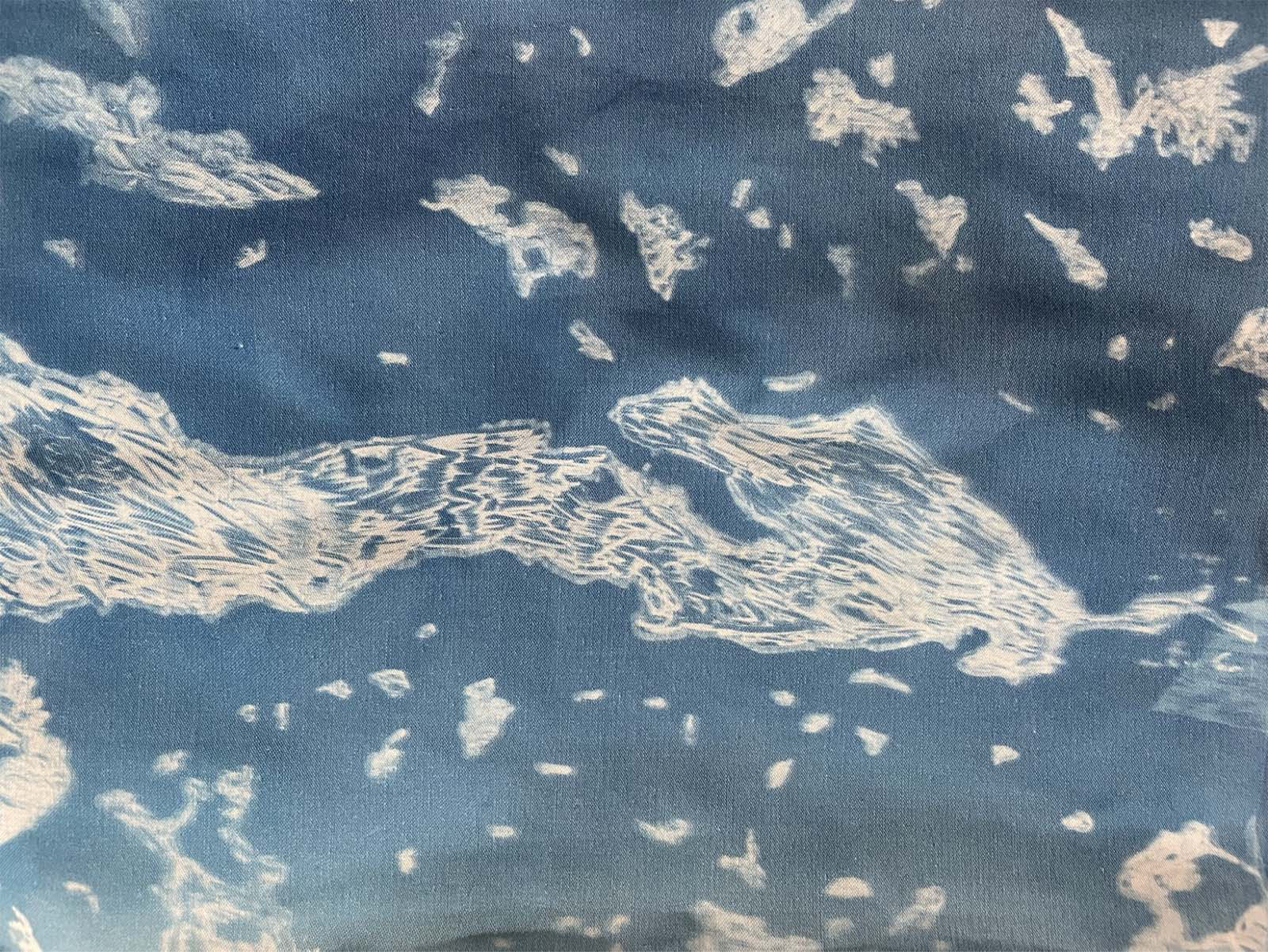
Yellowknife Water
by Robert Orttung
This image resulted from using a sharpie to fill in the water displayed on a map of the Yellowknife area. The imperfections of the sharpie made for nice displays of the water. The cyanotype process means that the land is blue and the water is white in this depiction. That flip of the usual color means that this representation is like a photographic negative in which everything is reversed. Perhaps this alienation of what we usually see and expect will encourage the viewer to think more carefully about the land and how Indigenous people have different relationships with it than the typical urban dweller. Land use is important in all cultures, but not all ways of using land are sustainable.

Cultural Exposure
Jacob Tafrate &
Diana Khaziakhmetova
Sometimes art is like the wind. Blowing from different directions, this wind carries with it the unexpected while moving objects and people far from their origin and scattering them across landscapes.
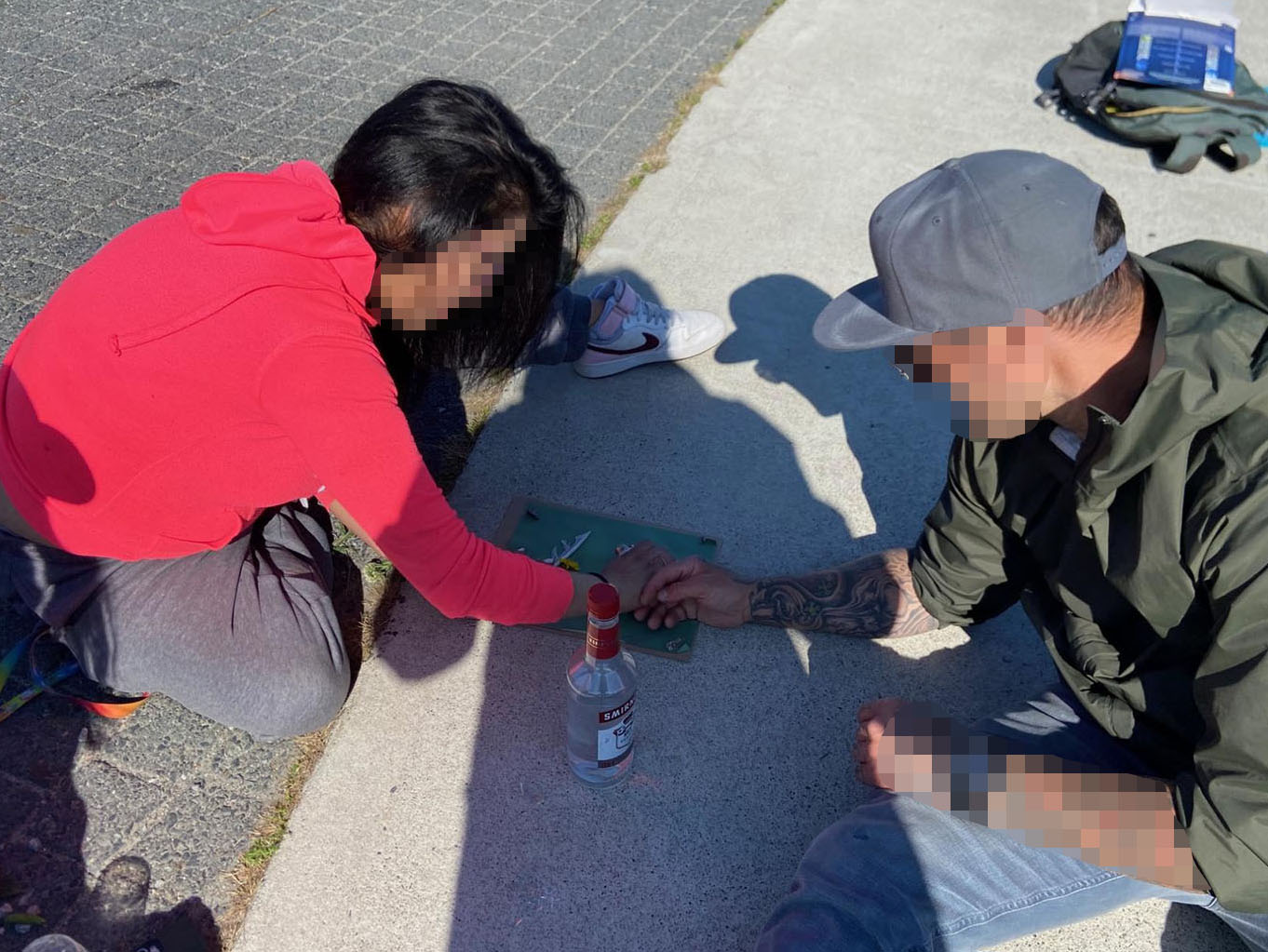
On Monday morning by the banks of Frame Lake at Somba K’e Park we were searching for these wind blown objects in the hope of planning an art piece that could represent the complicated relationships between Indigenous peoples and the impact of settler’s disruption through modern goods.
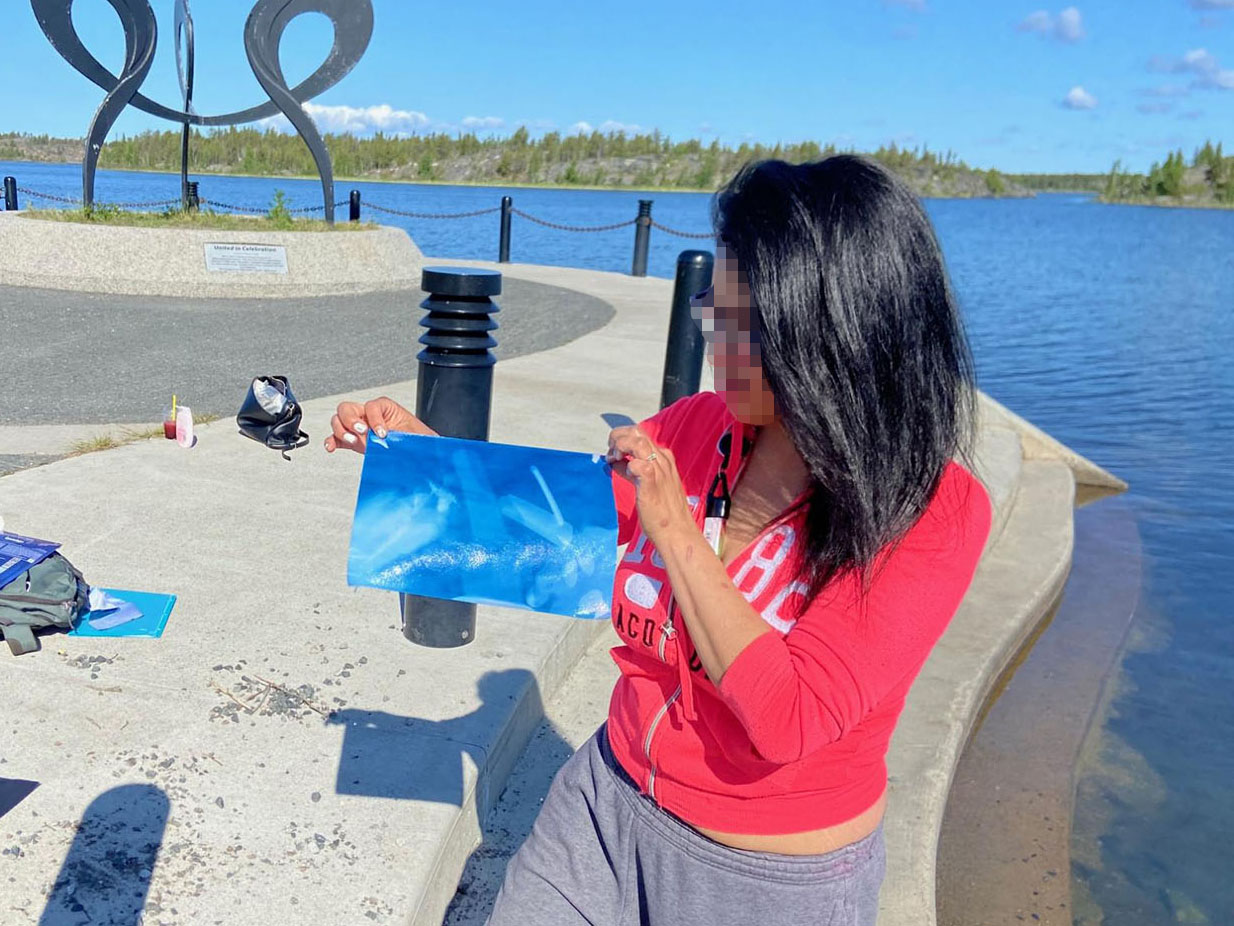


The MUST Expedition Gallery offers a visual journey through the captivating landscapes and vibrant cultures of Yellowknife and Inuvik.
These images not only showcase the beauty of the North but also emphasize the importance of preserving and respecting the delicate balance between nature and human presence in these remote regions. As you explore the gallery, immerse yourself in the Arctic’s allure and join us in celebrating the MUST Expedition’s unforgettable summer of 2023.
One strategy to pave the way for future collaboration is to provide a platform for local Indigenous artists to express their concerns and visions regarding the city and its connection to Indigenous lands. During the COP28 event in Dubai, we featured works by Sadetło Scott (Tlicho) and Casey Koyczan (Dene), allowing the audience direct access to their perspectives rather than relying on our interpretations of the city.
This collaboration begins a more extended journey to foster mutual understanding and respect for each other’s perspectives. The goal is to collectively envision a more just and equitable future. The exploration of collaboration options will continue at the upcoming exhibition, ‘Arctic WorldStories: Weaving Different Ways of Knowing through ArtSLInK,’ scheduled for March 5-9, 2025, during the NNA Annual Meeting.
Acknowledgment
We thank all those who we met in Yellowknife and who shared their resources, knowledge, visions and aspirations with us. The expedition was part of the project Collaborative Research: NNA Collaboratory: Measuring Urban Sustainability in Transition (MUST): Co-Designing Future Arctic Cities in the Anthropocene supported by the National Science Foundation (award # 2127364).
Special thanks to the Dechinta Center for Research and Learning who generously shared their perspective on the city and allowed us to participate in their learning activities.
We also thank Maker Space for providing us with the venue for the Cyanotype workshop, advertising and participating in our event.
Editing by
Olga Zaslavskay and Vera Kuklina
Design by
Ilya Lobov
Photos by
Beili Liu, Robert Orttung, Vera Kuklina, Diana Khaziakhmetova, Stanislav Ksenofontov, Marya Rozanova-Smith.


